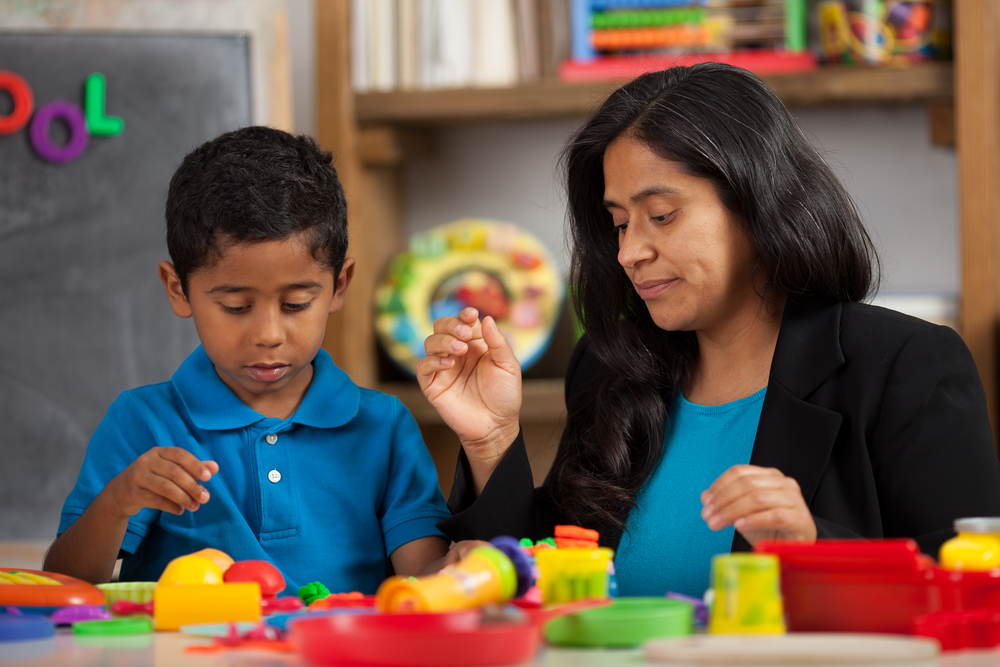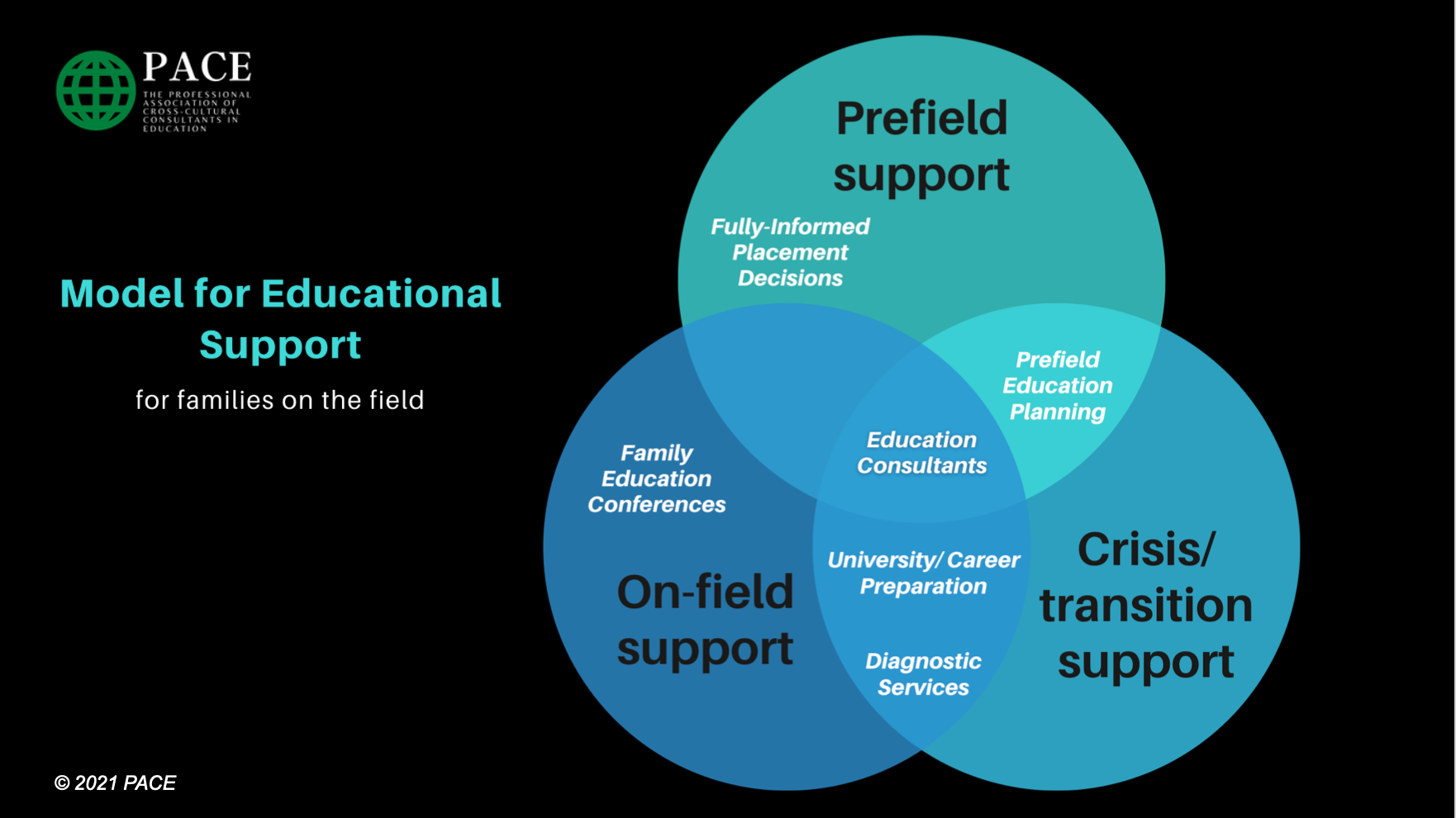In March, many education consultants gathered in person at the MK Education Summit near Atlanta…

How We Learn: The Role of Memory in Learning
This concludes our series on how we learn by our guest blogger Sandy E. Sandy travels as an Educational Consultant to Americans working for NGOs in Africa. Sandy previously taught special education in the US and has provided educational support to families since 2003. Based in West Africa, she advises families with children in all school settings and has extensive experience in the areas of assessment, behavior, and providing an appropriate education for students with learning differences. When not consulting, Sandy enjoys sports, hiking, and reading. Read the first three parts of this series here and here and here.
The Role of Memory in Learning
The brain is continually taking in sensory information. What we do with that information determines whether or not we remember it long enough to use it in a meaningful way. The role of memory in learning is an integral part of the input-processing-output model. Students will retrieve information better if it is assessed using the same pathway as when it was stored.
The following is a description of types of memory and pathways to memory from the book Learning & Memory: The Brain in Action by Marilee Springer.*
Temporary Storage
- Short-Term or Immediate Memory
- Information that is held for only a matter of seconds, upper limit is about 30 seconds
- The size of the information is limited (consider length of zip codes, phone numbers)
- If not intentionally acted upon, it will be lost
- Working Memory
- The conscious processing of information, holding information in immediate awareness while performing a mental operation on/with it
- Rehearsal and chunking allow us to manipulate information to solve problems and move toward long-tern storage
Permanent Storage
- Long-Term Memory: Knowing what and knowing how
- To move from temporary to permanent storage, information or skills must be meaningful, make sense, or form patterns
- Rehearsal (practice) allows information or skills to move from temporary to permanent storage; the more neural pathways accessed in rehearsal, the quicker the movement, the stronger the memory, and the quicker it can be retrieved
Pathways to Memory
- Semantic – Words, facts, faces; the most difficult pathway to use as much lost in STM
Strategies:
(1) Chunk information for meaning
(2) Repetition
(3) Mnemonic devices
(4) Concept mapping
(5) Time lines, Graphic organizers, Outlines
- Episodic – Autobiographical, time and location driven, remembering where you were when you learned something can help trigger the memory
Strategies:
(1) Assess in same location where learning occurred or visualize what was in area
(2) Uniqueness facilitates memory: people as well as physical the environment
- Procedural – “How-to” memory, reflexive versus reflective, once learned does not require conscious attention: riding a bicycle, brushing your teeth, driving a car, etc.
Strategy:
(1) Procedural or “muscle memory” is reinforced with practice
- Automatic – Things learned by rote, retrieved like a conditioned response: the alphabet, multiplication tables, song lyrics, ability to decode words
Strategies:
(1) Use of music, invent lyrics about content to tunes of well-know songs
(2) Flash cards, quiz shows, sentence completion activities
- Emotional – The most powerful kind of memory due to the structures that catalog them, always permanent (just need the right trigger)
Strategies:
(1) Connect new learning to old memories
(2) Use role-play, debate, music, enthusiasm
*Sprenger, M. (1999). Learning & Memory: The Brain in Action. ASCD, Alexandria, VA. USA
© 2012-2023 PACE
All rights reserved


